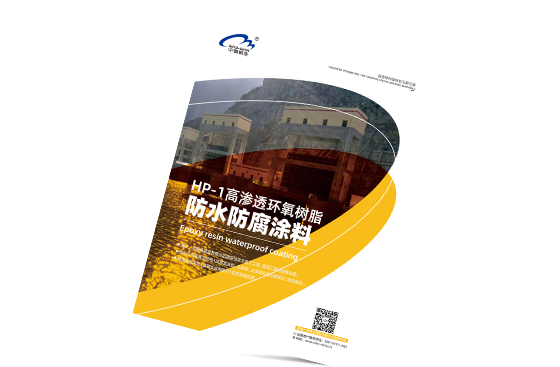Essential Guide to Effective Concrete Repair Solutions
Release Time:
2024-12-28 09:20
One of the first steps in the concrete repair process is to assess the damage. This involves inspecting cracks, spalling, and other forms of deterioration. Identifying the underlying causes, such as water infiltration, freeze-thaw cycles, or improper installation, is vital to determine the most effective repair strategy. Once the assessment is complete, it’s important to choose the right repair materials. Various options are available, including epoxy resins, polymer-modified mortars, and cement-based patching compounds, each with unique properties tailored for specific conditions.
When approaching concrete repair, surface preparation is paramount. Proper surface preparation involves cleaning the area to remove debris, dust, and any contaminants that could interfere with adhesion. Depending on the repair type, techniques like sandblasting, chipping, or using a grinder may be necessary to ensure a strong bond between the existing concrete and the repair material.
For crack repairs, methods vary based on the size and severity of the cracks. Hairline cracks often require injection of epoxy or filler materials, while larger cracks may need to be routed out and filled with a suitable repair mortar. It’s essential to ensure that the repair material matches the original concrete in terms of thermal expansion and contraction properties to prevent future issues.
In cases of spalling or surface scaling, it’s crucial to address the root of the problem. This often involves diagnosing moisture issues and possibly using a moisture barrier before applying a repair overlay. A well-applied overlay not only restores the surface but can also enhance the appearance of the concrete, making it an ideal solution for decorative applications.
Finally, once the repair is completed, proper curing is essential to ensure the longevity of the repair. Curing helps to maintain moisture levels and temperature, allowing the repair material to achieve its optimal strength. Monitoring the conditions during the curing process can significantly impact the overall success of the repair.
In conclusion, effective concrete repair requires a comprehensive understanding of damage assessment, material selection, preparation techniques, and proper curing. By adhering to these best practices, professionals can ensure that repaired concrete surfaces perform well and maintain their aesthetic appeal for many years to come.
Latest News
High-Performance Cement Additive Redefines Green Construction Materials with Unmatched Strength and Sustainability
Effortless Strength: The Advantages of Carbon Fiber Wrap for Concrete Applications Table of Contents 1. Introduction to Carbon Fiber Wrap 2. What is Carbon Fiber Wrap? 3. Benefits of Carbon Fiber Wrap for Concrete 3.1 Enhanced Durability 3.2 Lightweight Properties 3.3 Flexibility and Versatility 3.4 Cost-Effectiveness
Concrete is a widely used building material known for its durability and strength. However, over time, environmental factors, heavy loads, and general wear can lead to the deterioration of concrete surfaces. Effective concrete repair is crucial for maintaining structural integrity and extending the lifespan of concrete installations. This guide explores essential methods and considerations for pro
Elevating Aesthetics with UHPC Facade Solutions: Transforming Architectural Design Table of Contents 1. Introduction to UHPC Facade Solutions 2. What is Ultra-High Performance Concrete? 3. The Advantages of Using UHPC for Facades 3.1 Exceptional Durability and Longevity 3.2 Aesthetic Versatility and Design Freedom 3.3 Sustainability and Environmental Benefits 4. Applications of UHPC in Modern Arch
Carbon fiber wrap is an advanced material that has gained traction in various industries, including construction and decorative design. Its unique properties make it an ideal choice for applications where strength, lightweight characteristics, and aesthetic appeal are paramount. In this article, we will explore the benefits, uses, and considerations of carbon fiber wrap, particularly within the co
Product Documentation
If you do not have a comprehensive understanding of our products, we have uploaded relevant technical documents for you to download and reference so that you can better understand our product usage and technical parameters
View More

Online Message











